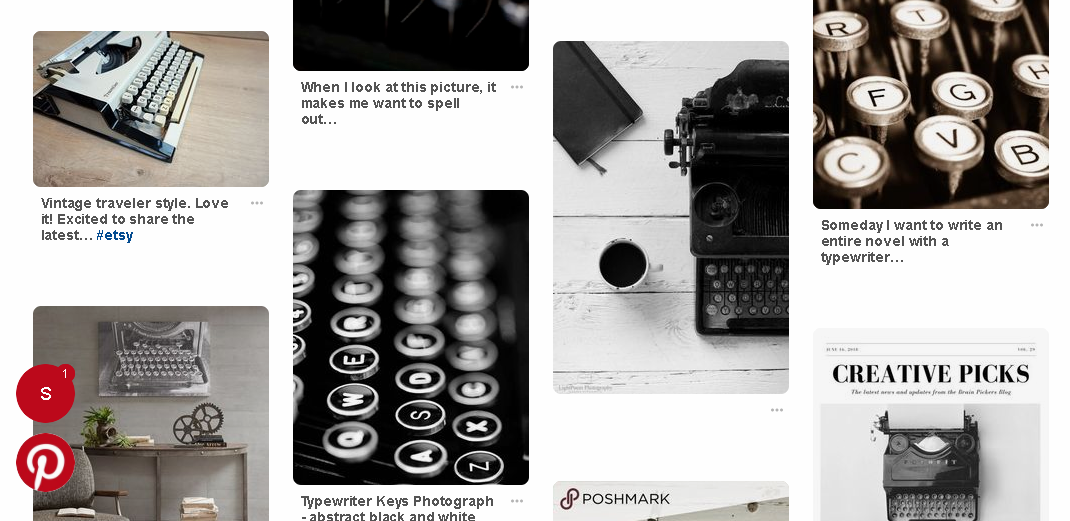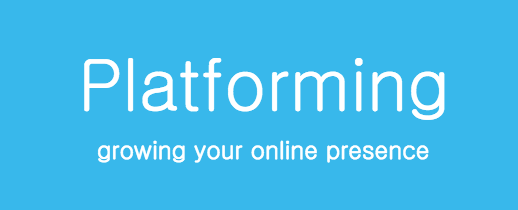
Are You Managing Your Personal Brand?
Did you know you had a personal brand? It’s not just for writers or entertainers or politicians. Every person…
December 23, 2023
Did you know you had a personal brand? It’s not just for writers or entertainers or politicians. Every person…
December 23, 2023
Websites are part and parcel of the modern professional lifestyle. This is especially true for anyone working on their…
October 22, 2021
As you dive further into platform and branding it may be difficult to determine exactly what you want your…
August 18, 2021
Working for yourself has its own set of rewards and can be extremely lucrative. Being self-employed means being responsible…
June 28, 2021
TikTok is currently one of the most popular video sharing applications in the social media world. It’s filled with…
April 28, 2021
Writers Chat, hosted by Jean Wise, Johnnie Alexander, and Bethany Jett, is the show where we talk about all…
May 30, 2020
“Ah! I’ve had too many sales!” said no author ever. The truth is, sales are directly tied to what…
February 12, 2020
In my last article, I introduced the idea of an author creating a brand personality and outlined three ways…
January 12, 2020
A few days ago, my wife returned from the grocery store with two different brands of coffee: Lavazza and…
November 12, 2019
Indie authors often want to know how to build a writing brand. There are actually two sides of being…
October 12, 2019
When you think about the word “brand,” what comes to mind? A metal tool used with cattle? A particular…
September 16, 2018
It’s hard getting traction as a writer without an audience. If you’re new to this noisy world of publishing,…
February 21, 2018
Ever wondered if your attraction to Pinterest can save you time as a writer? You need to watch this…
January 25, 2018
Savannah asked, “Do you have any tips for people who are new to blogging or would like to start?”…
April 12, 2016
Good content is critical for a writer but how that content is presented is also important. In Brand Basics…
April 1, 2016
We’re familiar with a brand as it relates to corporations. When we think of Coke, McDonalds, and Nike these…
December 17, 2015